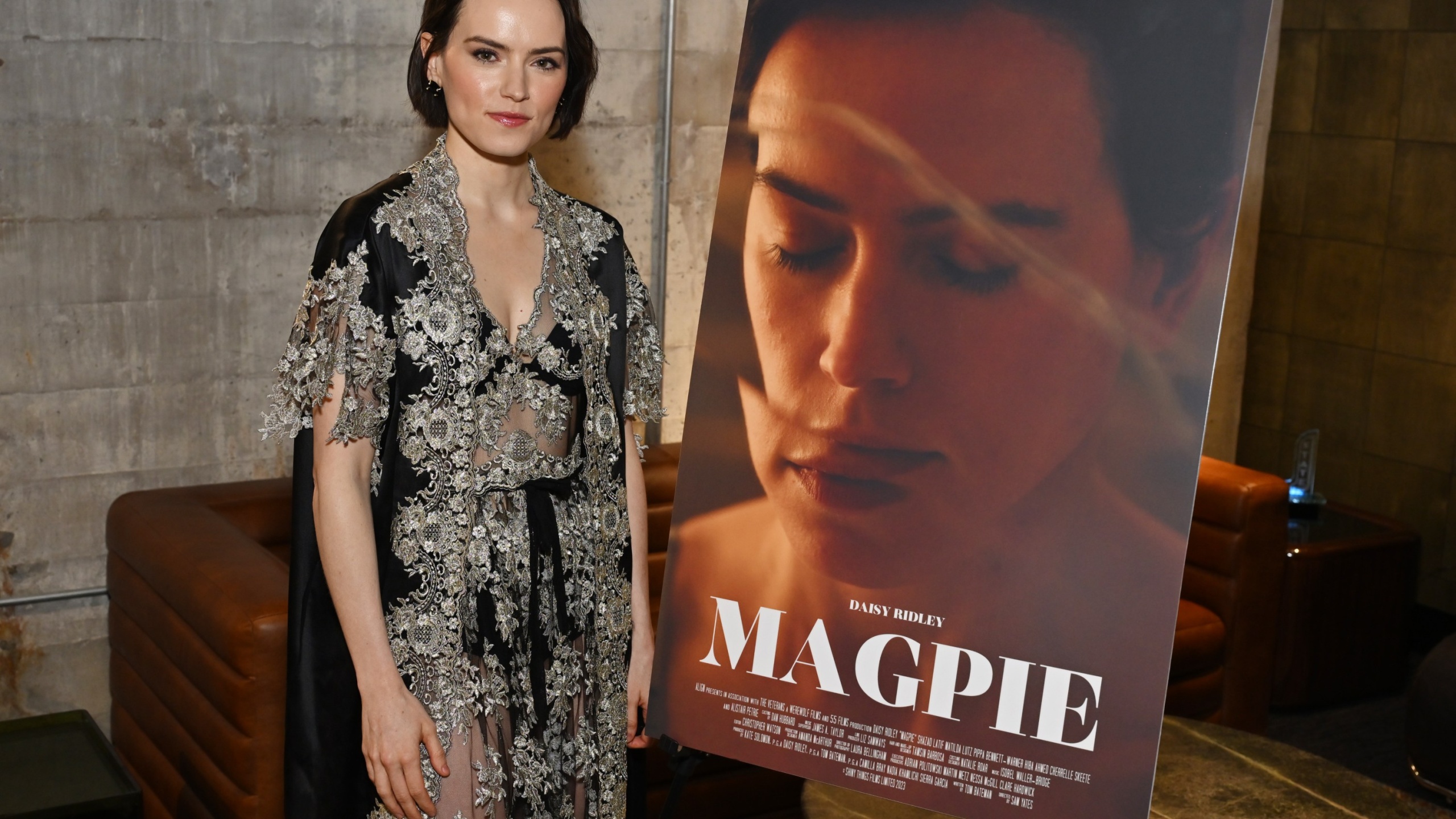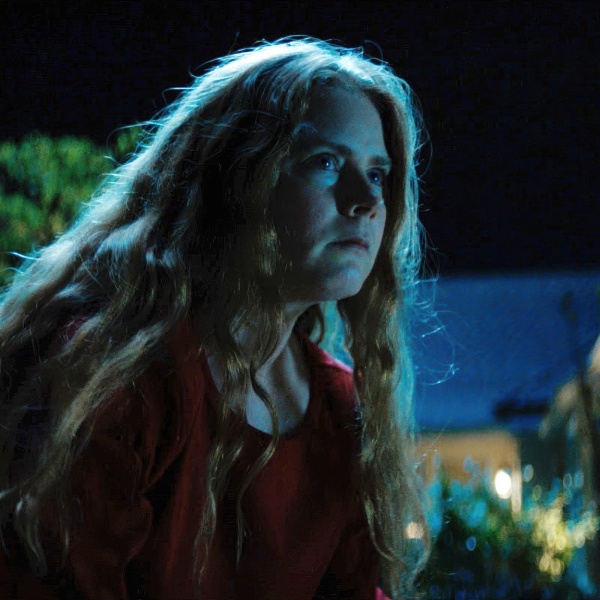One of the breakout hits of SXSW 2024 was “Magpie,” a tense thriller that stars Daisy Ridley as a woman who begins to spiral after her young daughter is cast in a movie, and her husband becomes enamored with the actress playing her onscreen mother.
The neo-noir was a passion project for the actress and producer, who conceived the idea after forming a close bond with a child star playing her own onscreen daughter and began to imagine how a similar relationship could drive a wedge between a family. She took the idea to her husband Tom Bateman, who wrote the script that ultimately became “Magpie.” Hours after the film‘s SXSW premiere, Ridley and her collaborators sat down with IndieWire to discuss crafting the film that gave her one of the meatiest roles of her career.
“I was on set for ‘The Marsh King’s Daughter,’ and I had a little girl in it. And she was so amazing and so thoughtful and it was so obviously clear that I’m not her parent,” Ridley said when asked about her original idea for the film. “But I was like ‘Wow, she comes to work and for 12 hours she’s calling me Mummy.’ She does it in scenes, but then we call cut, and we’re still playing, and we’re cultivating this relationship. And on the plane back from that film I had an idea.”
As soon as her flight landed, Ridley and Bateman began brainstorming ideas for a film about a movie star attempting to take her onscreen daughter away from her actual parents. Bateman’s script originally focused on the role of Alicia (Matilda Anna Ingrid Lutz), the actress who develops an uncomfortably close relationship with her young co-star’s father. But as the writing process continued, they realized the real heart of the movie was Anette (Ridley), the mother who battles isolation at home while her husband and daughter pursue movie stardom together.
“What Daisy came up with, this idea of a woman infiltrating a family, what I sort of read into it was this idea that she wants to take the daughter away from the family,” Bateman told IndieWire. “But the more I started to write, the more I realized that the woman left at home was really drawing my attention. And I started to think there’s actually more to be explored there, this woman with the strength of character to hold a family together given all of these exterior forces. And then once you start to pressurize that strength, it’s gonna have to come out somewhere. I said to Daisy early on that I think the woman left at home is gonna become the protagonist. And she said, ‘Yeah that’s far more interesting, and I now want to play her.’”
Once Ridley decided to play Anette, the film came together extremely quickly. Veteran theatre director Sam Yates came aboard to make his feature film debut on the project, which went into production less than a year after Ridley came up with the original idea. The actress relished the challenge of digging into Anette’s psychology, as the script required her to explore the way Anette’s love for her daughter intersected with a fading sense of self-actualization as her mental health spiraled.
“I would say she reaches her breaking point, but doesn’t break,” Ridley said of the character. “I approached her as someone who has been squished and squished and squished and squished and is nervous to say the wrong thing. So then she says the wrong thing and feels like she’s constantly trying to backtrack. She feels uninteresting, she feels like she doesn’t have much to say because she’s been made to feel that way. So the beginning of the film is very much her processing everything, and a lot of it has to do with her husband being unfaithful — clearly more than once. And being incredibly isolated in this world which her husband wanted for himself, and then is not enough for him. And my feeling was that if things happen to Anette, she can withstand it. But the minute her children are involved, a line is crossed.”
Ridley was placed in the unique predicament of having to carry the film without being present for many of the events that drive the plot. Anette’s presence is constantly felt through multiple forms of communication while she slowly spins out at home. But even while Ridley was offscreen, the creative team made sure she was never forgotten. Ridley, Bateman, and producer Kate Solomon sat down and mapped out Anette’s whereabouts during every single scene of the film, which gave Yates considerable leeway in the editing room to shift between different moments and perspectives to create a greater sense of confusion leading up to the shocking ending.
“Structurally, what was exciting about this script was that there was a bit of the Hitchcock ‘Meanwhile back at the ranch,’” Yates said, referencing Hitchcock’s famous narrative device that involves building tension with one character before switching focus to another character in another location at the most suspenseful possible moment. “We’d follow Ben and the kids at the set, and then we’d check back in with Anette. It’s a very interesting way to build tension because you’re putting two things next to each other that don’t necessarily relate. So in the edit, we tracked Anette’s journey and then wanted to interlace that a bit with what was going on with Ben. So even though they were apart, we were visually putting them together so that an audience can create new meanings from these very disparate images.”
The finished product resulted in a sharply executed thriller that fits into a long Hollywood tradition of noirs that take place on film sets. But Ridley explained that its theme of happy relationships gradually turning into acrimonious power struggles is a universal one.
“Tom and I talk about how in relationships, people are shifting goalposts all the time,” she said. “People meet, and initially they’re like, ‘Oh my god, I love your green top.’ And then six months in, it becomes ‘Why do you always wear that green top?’ Then a year into the relationship it’s, ‘Oh, for fuck’s sake, you’re wearing another green top.’ And I’ve seen people do that to each other. I’m like, ‘You loved that about each other at first. Why have you stopped loving that about each other?’ But over time it’s like inch by inch. And so we meet Anette towards the end of that inch-by-inch.”
“Magpie” premiered at SXSW 2024. It is currently seeking U.S. distribution.




